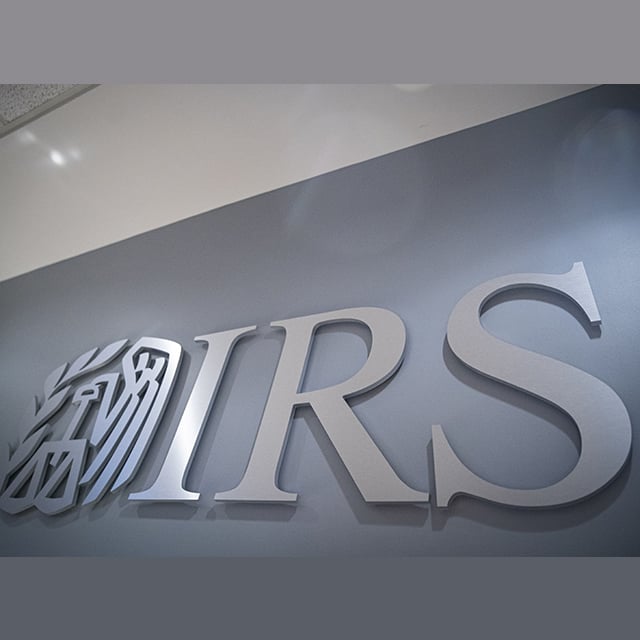IRS Extends Deadline for Catch-Up Contributions in New Secure 2.0 Guidance

What You Need to Know
Catch-up contributions made by wealthy 401(k) participants must be designated as after-tax Roth contributions by 2026.
The Internal Revenue Service said Friday that it has granted an administrative transition period that extends until 2026 the new requirement that any catch-up contributions made by higher‑income participants in 401(k) and similar retirement plans must be designated as after-tax Roth contributions.
The IRS also clarified in Notice 2023-62 that plan participants who are age 50 and older can continue to make catch‑up contributions after 2023, regardless of income.
The notice provides initial guidance for Section 603 of the Secure 2.0 Act, enacted in December 2022.
“Under that provision, starting in 2024, the new Roth catch-up contribution rule applies to an employee who participates in a 401(k), 403(b) or governmental 457(b) plan and whose prior-year Social Security wages exceeded $145,000,” the IRS states.
The administrative transition period, the agency explained, “will help taxpayers transition smoothly to the new Roth catch-up requirement and is designed to facilitate an orderly transition for compliance with that requirement.”
The IRS notice also clarifies that the SECURE 2.0 Act “does not prohibit plans from permitting catch-up contributions, so plan participants who are age 50 and over can still make catch-up contributions after 2023.”
See: Beware the Pitfalls of Secure 2.0: Wade Pfau





